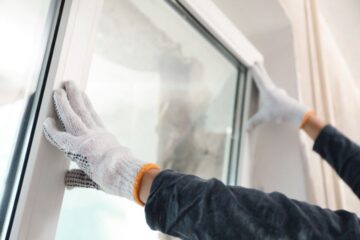Exterior Painting Supplies
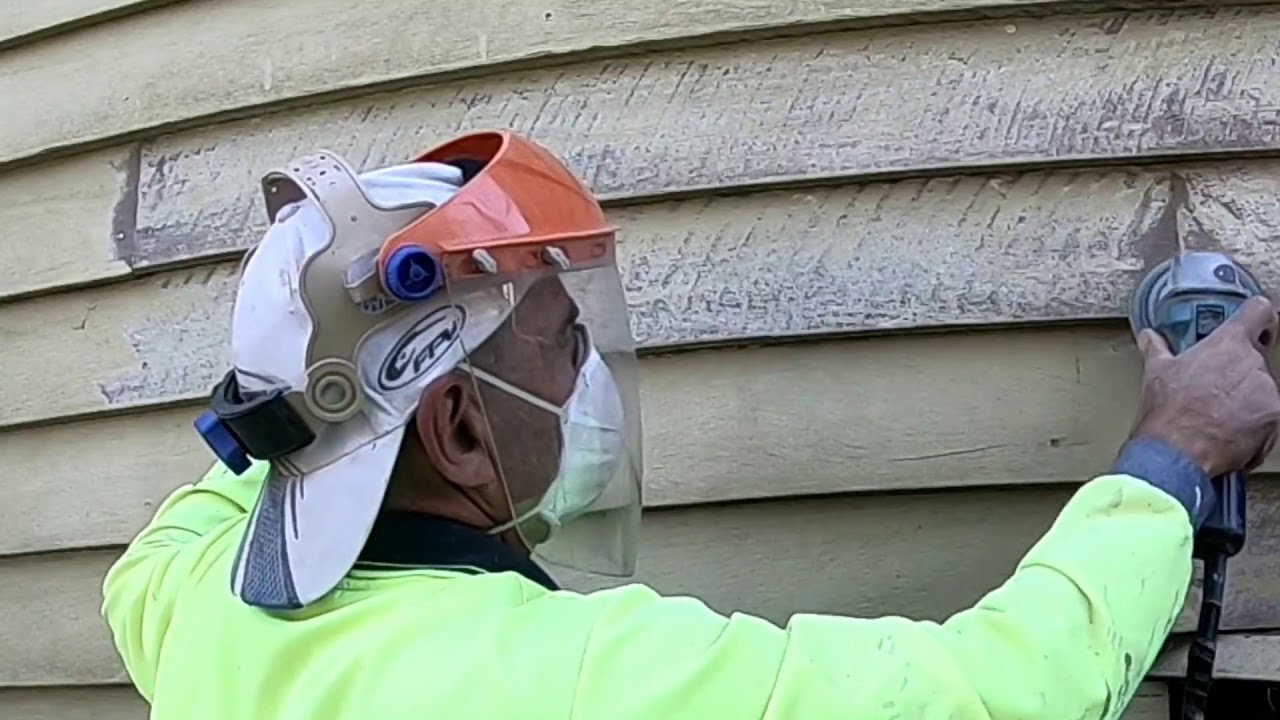
The following tools come in handy for any exterior paint job:
Paint scraper:

img: 123rf.com
The best tool for removing flaking paint from flat surfaces. A 3″-wide model with replaceable blades is a good choice.
Wire brush:
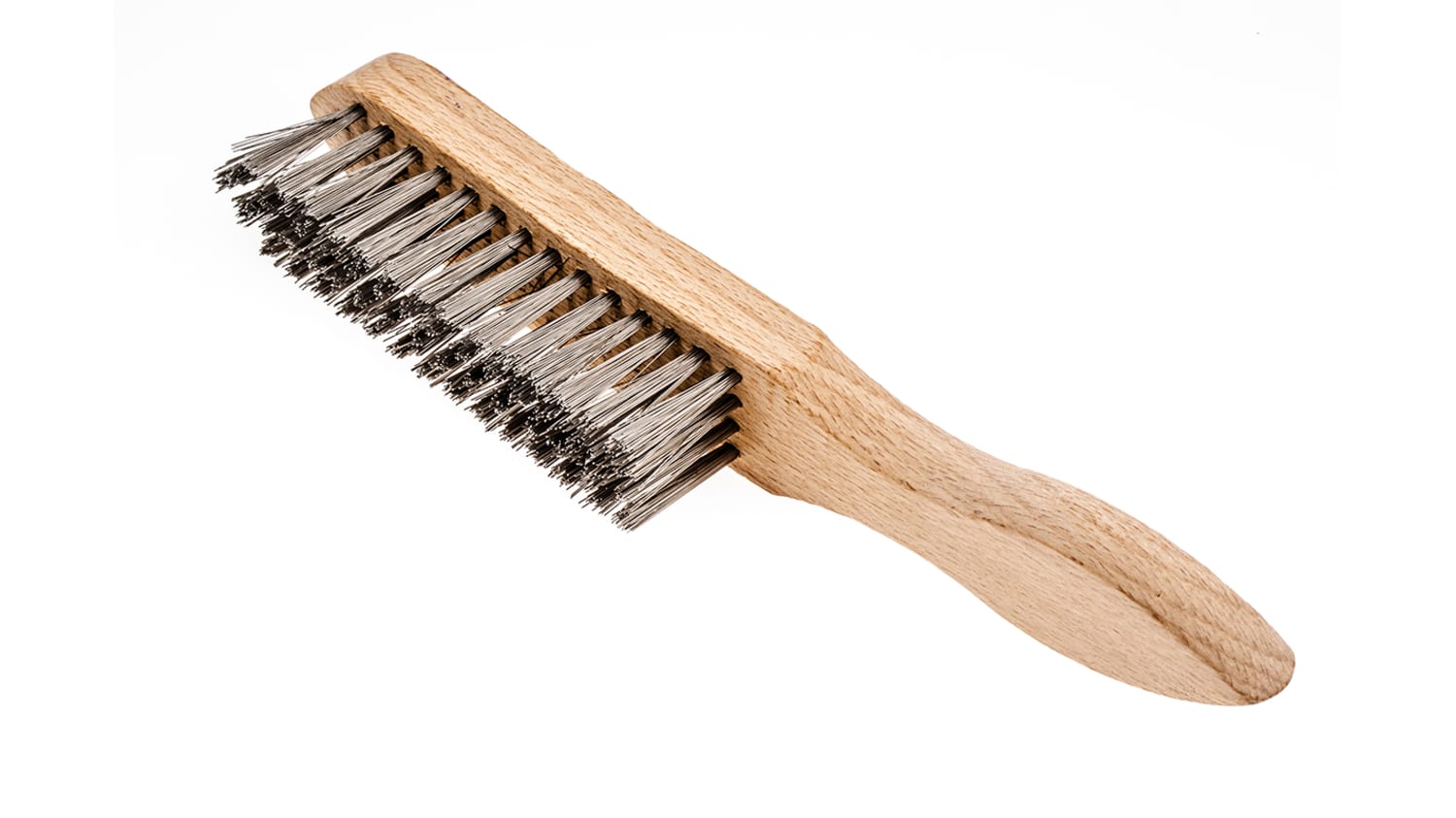
Combines steel bristles with a wide scraper blade. A wire brush is the ideal tool for removing paint from old siding, especially cedar shingles.
Orbital sander:
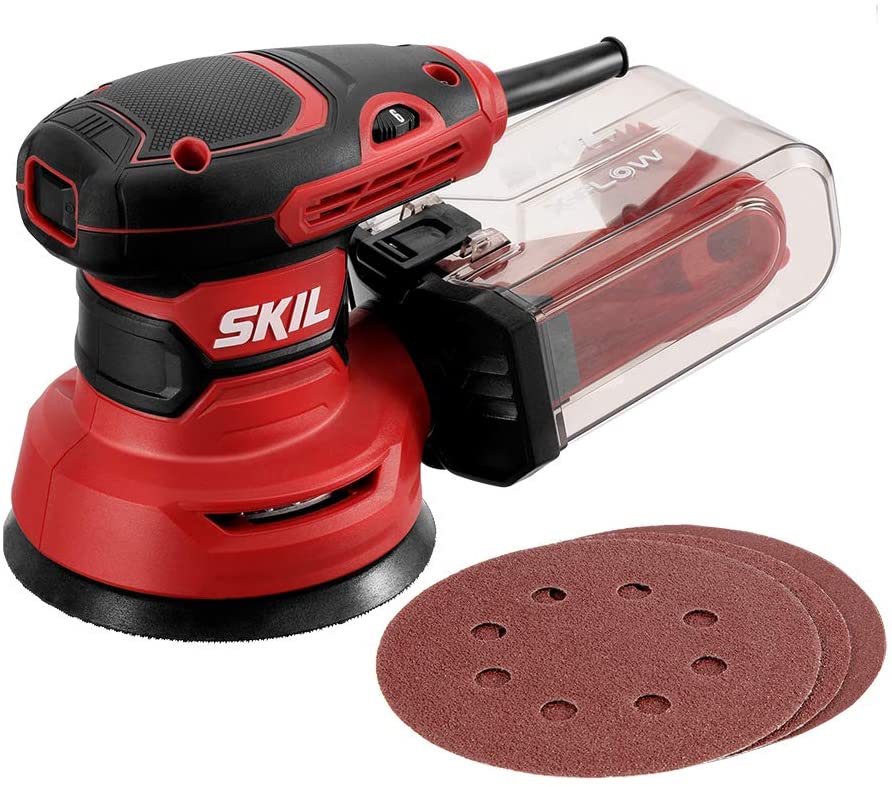
img: amazon.ca
Smooths the sharp edges left behind by a scraper or a wire brush. Once you feather these paint edges, the topcoat will look smoother.
8′ stepladder: Bridges the gap between what you can reach when you’re standing on the ground and what you can reach when you’re standing on a full extension ladder. Available in wood, aluminum, and fiberglass, though fiberglass is considered the best choice.
24′ extension ladder: Gives you access to the upper reaches of your house. (If a 24′ ladder won’t reach the top of the highest exterior part of the house, then buy a ladder that will.) Ladders are available in wood, aluminum, and fiberglass; aluminum is generally considered the best because it’s lightweight. Add a ladder stabilizer to the top of the ladder to provide extra support.
Caulk and caulk gun: Used to fill small holes and cracks, especially those around windows and doors, after priming and before painting. Silicone caulk is the best choice for outdoor work
1 1/2″ putty knife: Helps clean debris out of cracks, scrape away loose paint, and smooth caulk.
Paint pail:
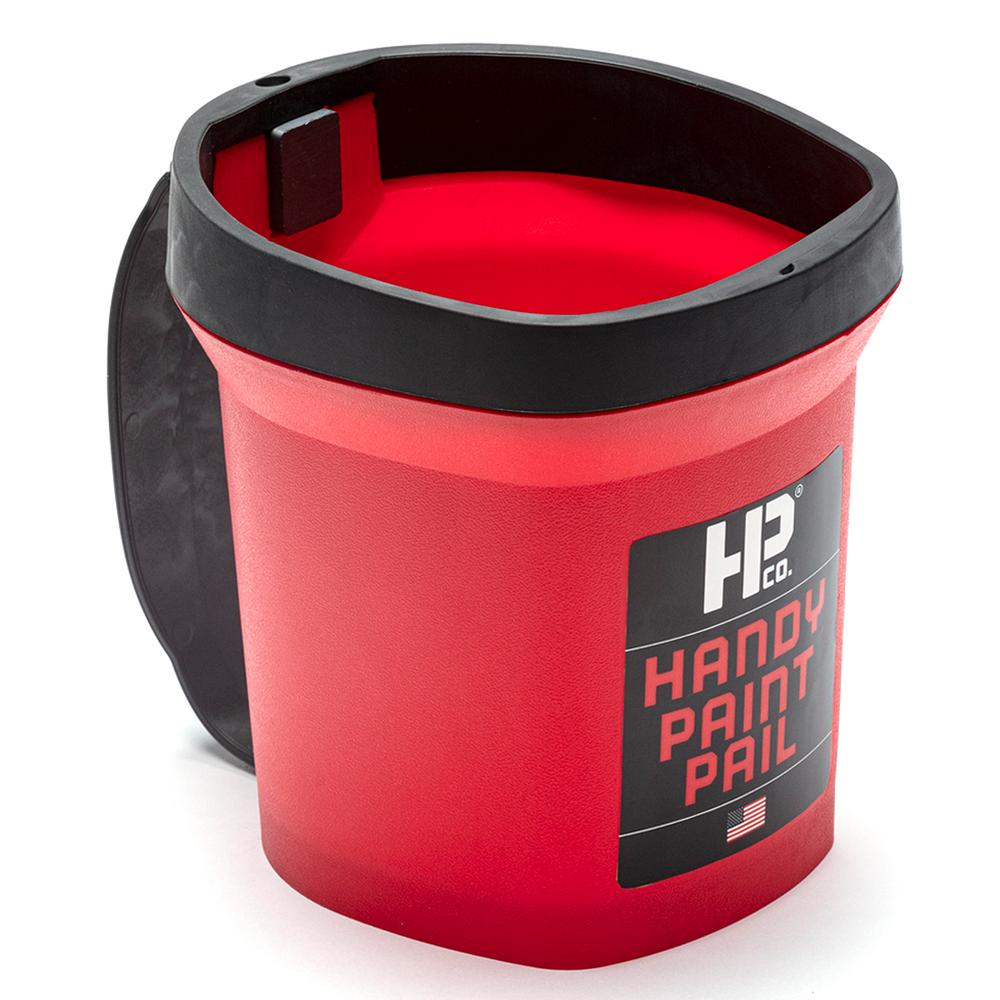
img: homedepot.com
Lets you hold paint without carrying around a full gallon can everywhere. Pails are usually steel or plastic and about 8″ wide and 6″ deep. If you’re using a mini-roller to apply paint, put a small paint screen in the pail to load the roller with paint.
Brushes: A good selection of brushes for exterior work includes 3 1/2″- and 2 1/2″- wide straight-bristle brushes and a 2″-wide tapered-bristle brush. Synthetic bristles with flagged ends are the best choice.
Mini-rollers: Come in different sizes and shapes but are usually outfitted with 4″-wide roller covers. They can fit directly in a paint can outfitted with a small roller screen. These tools work very well for applying paint to clapboards. Once the paint is on, smooth it out with a brush.
Stirring tools:

img: amazon.com
Stir paint by hand using a wooden paint stirrer or attach a metal, drill-powered paint stirrer to an electric drill, dip it in the paint can, and squeeze the drill trigger
Paint shield or 10″-wide drywall knife: Protects adjacent surfaces when different colors are used next to each other.
Water bucket and sponge: When using latex paints, keep these close by to wipe up accidental drips. They’re also handy for washing dirty sections of siding and trim prior to painting.
Combination cleaning tool: Helps remove paint from brushes and rollers. The side with teeth is for brushes; the concave side is for rollers.


